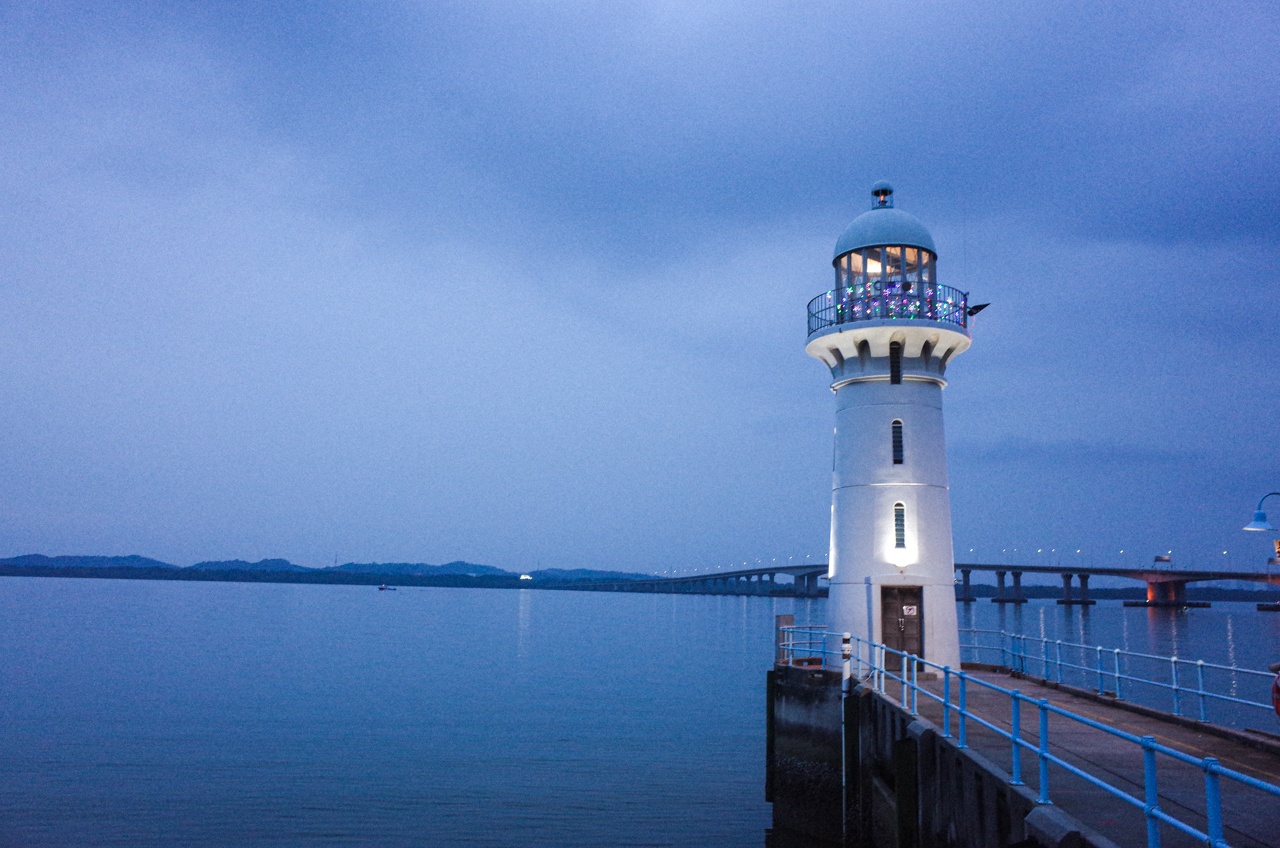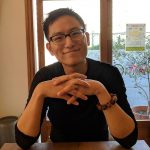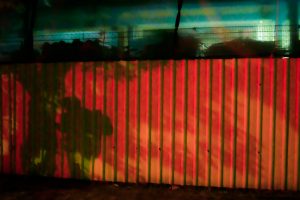All photography by Ivan K. Wu.
A month ago, before Singapore went into ‘heightened alert’, I hit upon the idea of walking to Tuas on foot, following the 2009 heritage trail from Pioneer MRT to Tuas Link station.
The journey is 12-kilometres long and takes roughly two and a half hours. If I set out in the afternoon, I’d reach my destination just in time to catch the ‘best sunset in Singapore’ at Raffles Marina.
Why was I doing this? Well, with gyms being shut down, and massive queues forming in nature, I felt like I was slowly suffocating here in Singapore.
The second reason for walking to Tuas was morbid curiosity.
As an outsider, a lot of what I thought I knew about Singapore have turned out to be half- truths. There’s a gap between the clean-cut image that Singapore projects to the world and the often harsh realities that are hidden within its borders. With tensions rising in this pandemic, more locals are starting to notice this rift as well.
To this end, I wanted to head west to see Singapore’s industrial heartlands for myself. I wanted to follow the paths and viaducts of the ‘real’ economy that most Singaporeans choose to ignore, on their way to their air-conditioned offices in the CBD.
In short, I wanted to test the firmness of Singapore’s foundations with my own two feet.
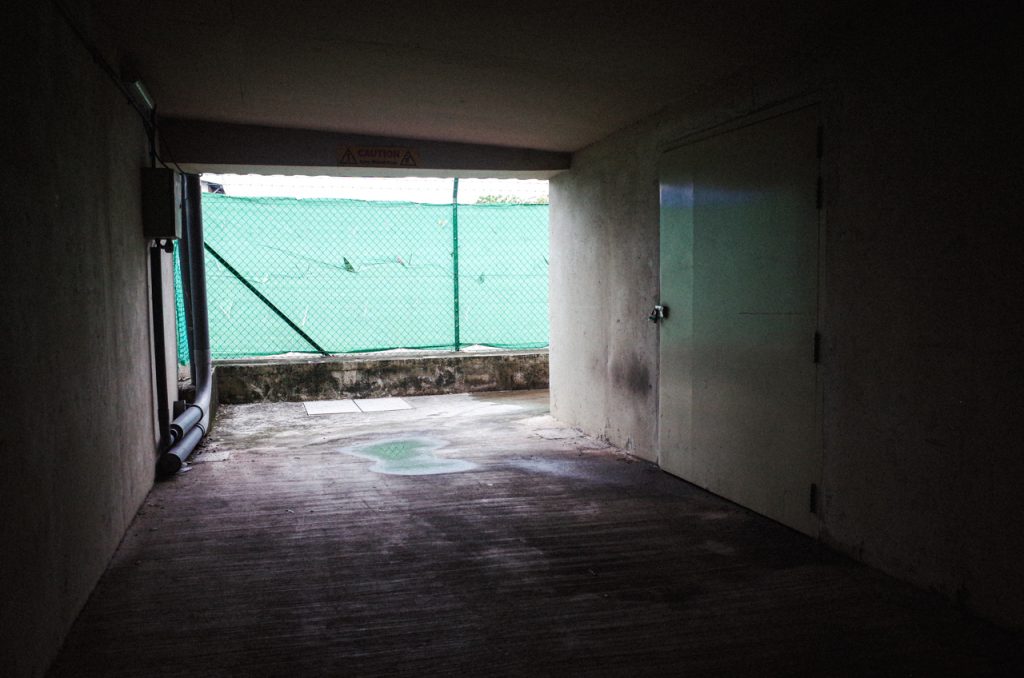
I. The Heat
It is unconscionably hot in early May. Not just your garden-variety tropical heat, but the kind of heat that really saps the willpower and raises tempers. It’s the kind of hot that makes you want to question everything.
In the ensuing days, I make several half-hearted attempts to begin my walk to Tuas, only to be turned back, first by the suffocating humidity, then by a sudden thunderstorm, which, turned the air into even more of a sauna instead of cooling things down.
This is the type of climate that can really draw out the crazies: Beow Tan. The Pasir Ris Man. Bruce Lee and the Karate Kid. In Ang Mo Kio, cats are being found with slash wounds on their bodies.
But even as I condemn these violent acts, I’d be lying to say that I don’t recognise the anger.
A five-minute walk to my neighbourhood kopitiam is enough to leave me short-tempered and drenched in sweat. Despite being an early advocate of facemasks, I feel an urge to declare myself sovereign and join the anti-mask movement.
Eventually, I start to let my guard down and wear my mask beneath my nose.
In this climate of uncertainty, it’s a small and feeble attempt to take back control.
“This is the kind of weather that makes me want to hurt somebody,” I tell my wife.
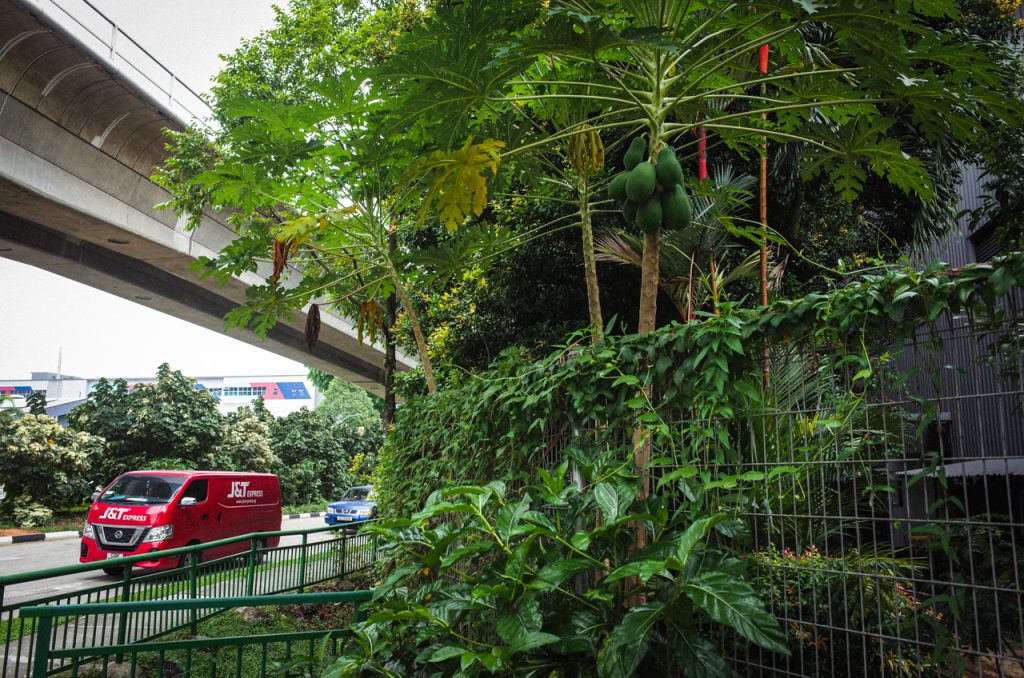
II. The Road
I finally set out towards Tuas on a Wednesday—just two days before Phase 2 (HA).
To maximize my shade, the plan is to follow the MRT viaduct from Pioneer station all the way to the Johor Strait, before rounding the corner to Tuas Link and Raffles Marina.
Beyond the residential HDBs of Pioneer, the road widens, as do the number of trucks barreling towards the expressway. The noise of traffic is deafening, making it hard for me to find my bearings. Even behind my face mask, my lungs are filled with the smell of burnt rubber and car exhaust. It takes just fifteen minutes before I’m dripping with sweat.
Enroute, I make a quick pit-stop at a Chinese restaurant that’s frequented by the PRC community, just south of Pioneer Road. I’m there to inquire about a whole roasted goat on their menu.
“Was this goat born and raised in Singapore?” I ask the restaurant owner’s wife.
She shakes her head. “No, the goat isn’t Singaporean. It had to be imported from Malaysia.”
Disappointed, I move on, all the while lamenting the fact that the Singaporean goat is slowly being replaced by foreigners.
By the time I reach Joo Koon station it’s almost the end of the work day. Outside the NTUC Fairprice hub, workers huddle outside the entrance smoking cigarettes. They all have different coloured uniforms on, some in blue, some in yellow, some in white, but all of them wear the same blank and exhausted looks on their faces.
Poor bastards. A storm is coming and they don’t even know it.
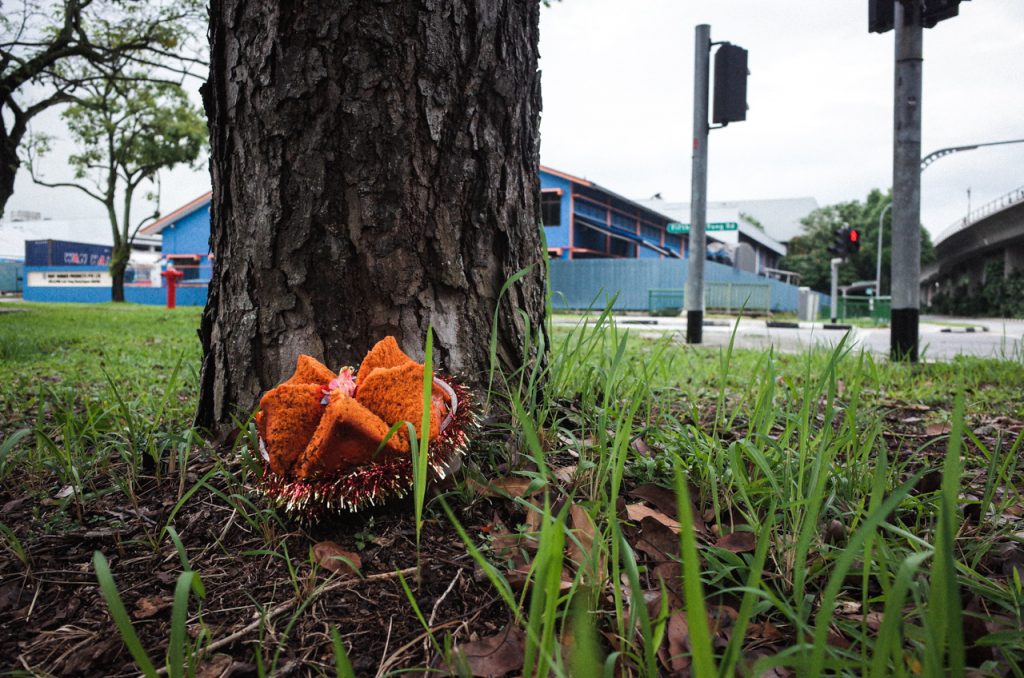
III. The Workers
Turning off the main road, I get lost somewhere in a quiet industrial estate in Gul Circle, caught within a labyrinth of factories and migrant worker dormitories. At a deserted traffic light, an auntie behind the wheel of a Toyota honks at me. She puts up both hands, in the universal body language of ‘boy, what the hell do you think you’re doing?’
I’m beginning to ask myself the same question. What am I doing here? Because none of what I’m seeing makes sense to me. My sheltered scholarly ass has absolutely no frame of reference for the industrial parks and construction and engineering firms that I walk past.

I watch blankly as containers get loaded and unloaded onto trucks, and stare at the bales of packaged goods stacked up towards the warehouse ceilings—without really understanding anything.
Everything feels alien. Detached.
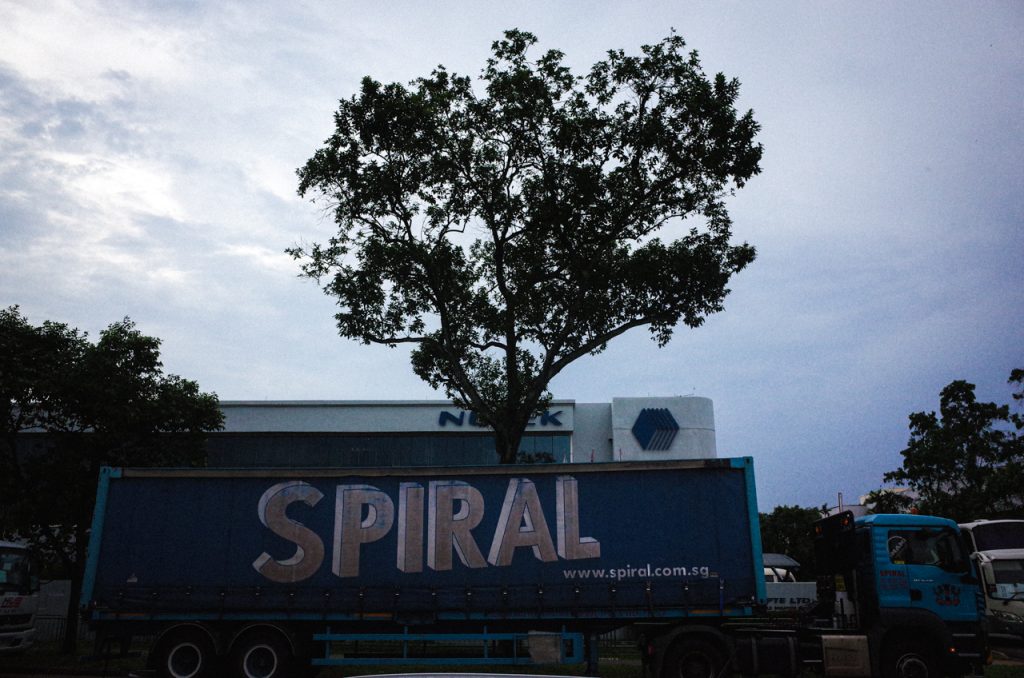
I walk past the enclosures of factory workers. They’re all sitting behind chain-link fences, on makeshift benches and picnic tables. Some are on their phones, others are having dinner. This has been their life for the better part of the year, their movements heavily restricted, even as the rest of Singapore has moved from Circuit Breaker to Phase 2.
As some of them stare back at me with equally blank expressions, I realise I don’t know anything about these people. Their lives are so removed from mine that I can’t even imagine myself in their shoes.
On the main road, I see plenty of lorries transporting migrant workers in the rear decks like cattle. Some are smaller and can fit 8-10 men. Others are spacious enough to carry dozens. Last month, two workers died and over a dozen were hospitalised in two separate lorry accidents. Apparently, that’s just the cost of doing business here.
While a vocal minority of Singaporeans might make a fuss about seat belts and safety standards, others will say that these are ‘unfortunate incidents’ that can’t be helped. The drivers should’ve been more careful. A few weeks later, the construction firms will beg for more workers to replace them, and Singaporeans will wait impatiently for their BTOs to finish construction.
For all its reputation for order and efficiency, this is the practical side to Singapore that gives me pause. It encourages zero-sum games, where your loss is my gain, and the price of human dignity must be ‘carefully balanced’ against a construction company’s profit-loss statement.
Perhaps we can rationalise this because most of these workers are foreigners. The ballasts that Singapore shed in a storm. And even as they build our homes and pave our roads, they exist outside the social contract that Singaporeans have signed up for.
But when I walk past the chain-linked fences towards Tuas and see the Chinese and Indian workers sitting behind them, I can’t tell who’s a local and who’s a foreigner. Who’s a PR and who’s a citizen.
Do these distinctions even matter when they’re all stuck in brutal, race-to-the-bottom jobs in the forgotten corners of this city?
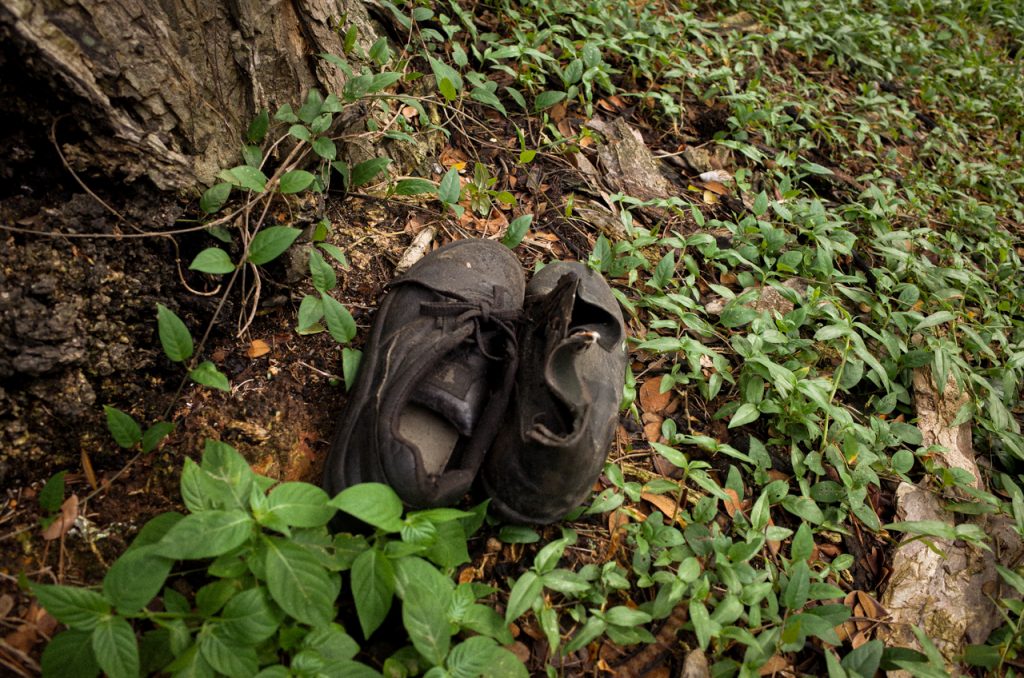
IV. The Marina
By 7 PM, I manage to round Tuas Crescent. From here, it’s a straight shot all the way to Tuas Link station.
Despite my best efforts to make good time, I know I’m not going to make the sunset at Raffles Marina. I can see the light dwindling in the distance; no matter how fast I walk, it’ll be too late. But that’s okay.
Sometimes life just works out that way.
At the westernmost edge of Pioneer Road, solitary migrant workers lounge under the MRT shade on blankets. I can’t tell whether they’re praying or resting. Only later do I realise that it was Eid al-Fitr that evening, the final day of Ramadan. The workers had been sitting there watching the sunset, far from family and home.

I reach Raffles Marina and scan my TraceTogether token at security. My face is hot and sweaty and I barely manage to clear the temperature check.
Feet blistering, I limp past a Mercedes Benz as it’s pulling out of the parking lot. I poke my head in for a moment into the grand lobby of the Raffles Marina Club. In my sweat-drenched state, the air-conditioning is almost too overpowering. So I retreat via a side path towards the pier.
At the pier, a French man playfully slaps the ass of his partner as they walk towards the Marina Bistro, their swimsuits glistening in the dusk. There’s a lightness to the air that stands in harsh contrast to the industrial scenes I just witnessed.

Growing up around the rich in an international school, I’ve noticed that there’s a specific kind of distance the rich can create between the world and themselves. It’s a distance that can only be achieved with money.
Sooner or later, you start to believe that your problems are the only ones that matter. The only ones that exist. A cocoon of comfort numbs your senses and dulls your capacity to feel anything. Everything comes too easy. You know all the rules and just go through the motions.
Sometimes, this is the way I feel about Singaporeans.
Whose song was it anyway? The ‘Singapore’ vs. ‘Indian’ variant. Never have I seen so much being made of so very little.
When you zoom out even further beyond this city’s borders, and consider the hospital beds and ICU units being overrun and families not able to say their last goodbyes to their loved ones, it can make some of the outbursts I hear from Singaporeans sound spoiled and coddled.
I reach the end of my walk at Raffles Lighthouse with its selfie-taking locals, and I take a seat by the water’s edge to catch my breath. Malaysia lies over the bridge in the darkness. Over 6,000 cases per day. The half-finished condo developments in the distance are as dark as the jungle that surrounds them.
Everything looks all but abandoned.

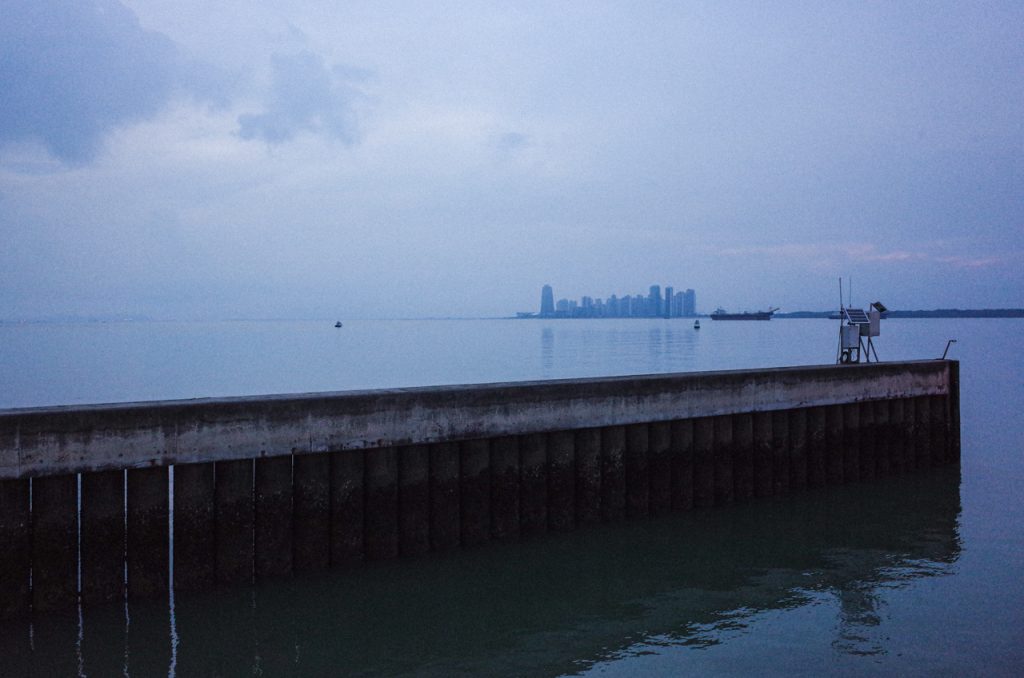
V. The East-West Line
From Raffles Marina, I slowly trudge back to Tuas Link station, and board a train back towards the CBD.
Both Asian and Western cultures have this romantic idea of the mythical, unexplored West, whether it’s the Monkey King in search of enlightenment, or cowboys and Indians in America’s westward expansion.
But what if there is no epiphany?
What if, by attempting to replace my pandemic fatigue with a physical one, I got no closer to true empathy or understanding? What if, in the end, there are some things that I won’t ever be sure of and can never fully control?
At Tuas Crescent station, a group of migrant workers board the train and sit down in the seats next to me. We are all squeezed together, shoulder to shoulder. Too close for comfort. I get up from my seat and move towards the door. While I’d like to think that it’s not racism that makes me do this, I honestly can’t say for sure.
I doubt Singaporeans can either.
Covid and job losses have created a pressure cooker, where all plans have been disrupted and all lines have blurred. And we’re suffocating, just looking for someone to blame.
On the East-West Line, the train doors open. The night settles in.
I look up from the latest Covid numbers only to find myself right back where I started.
Tell us what you thought of this story at community@ricemedia.co. And if you haven’t already, follow RICE on Instagram, Spotify, Facebook, and Telegram.

